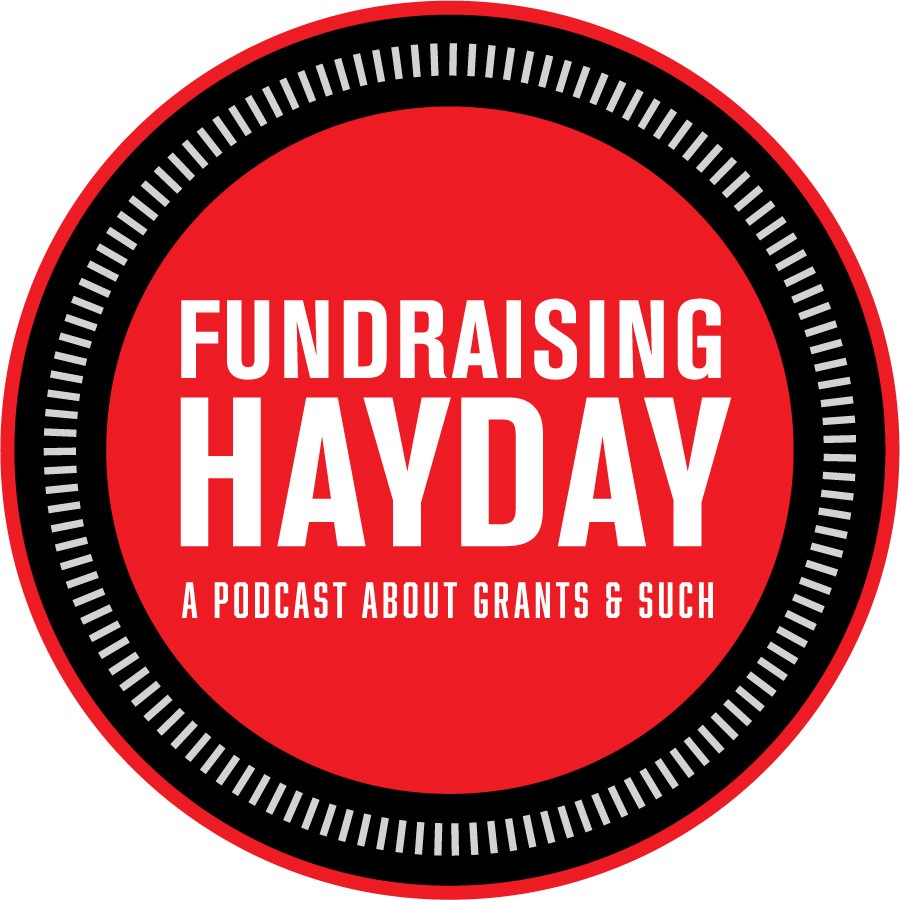I used to dread any grant application that required a logic model. It was just another form to fill out, another hoop to jump through. After a while, I realized that logic models offer a visual representation of a program’s key components and expected outcomes for people who do not enjoy writing or have little to no experience with it.
I began to use it as a tool when discussing new programs or projects. Instead of a program director or vice president stopping by to tell me I needed to find a grant for their latest idea, logic models helped me establish a place at the planning table. Using an actual attachment for larger-scale grants helps orient senior leaders, board members, and program staff who are unfamiliar with the restrictions of most grant applications.
Anatomy of a Logic Model
Amanda and I discuss the pros and cons of logic models (full disclosure: we don’t agree) in the latest episode of our Fundraising HayDay Podcast.
Here’s a brief overview of the content of a typical logic model:
1. Resources/Inputs: These are the assets and tools needed to implement the program, including staff, funding, equipment, and partnerships.
2. Activities: The actual tasks and actions that will be carried out in the program.
3. Outputs: Quantifiable results directly stemming from the activities, such as the number of people served, or classes held.
4. Outcomes: The short-term, intermediate, and long-term changes expected due to the program. These are closely related to the objectives outlined in a grant proposal.
5. Impact: The overarching, long-term goal or vision for the program.
Building consensus on these five columns of a typical logic model produces a program design outline, which serves as bullet points for the components most common to grant proposals. The Resources/Inputs can inform the needs statement and provide fodder for longer explanations of key partnerships. Activities serve as bullet points for the program description. Outputs and Outcomes can form objectives, while Impacts can mirror long-term goals or outcomes.
And because I hold an eternal pass to the Kingdom of Nerdiness—here’s some quick history. Logic models originated in the 1970s and 1980s as public health and community development program planning tools. Organizations like the Centers for Disease Control and Prevention (CDC) and the W.K. Kellogg Foundation were early adopters and continue to promote their use today.
Looking for More Examples?
If you search for “Kellogg Foundation” and “Logic Model,” you should come across their free manual on logic models, which is still considered a sound explanation of the concept after more than two decades. Searching “CDC” and “logic model templates” will also yield helpful information and a free downloadable template to get you started.
Whether you’re an enthusiast or prefer to use logic models only when required, understanding their structure and purpose is crucial for success in grant writing. Logic Models are likely to remain a staple in program planning and evaluation.
If you’ve read this far and still just can’t get enough of that Logic Model stuff, check out the latest episode of the Fundraising HayDay podcast.




